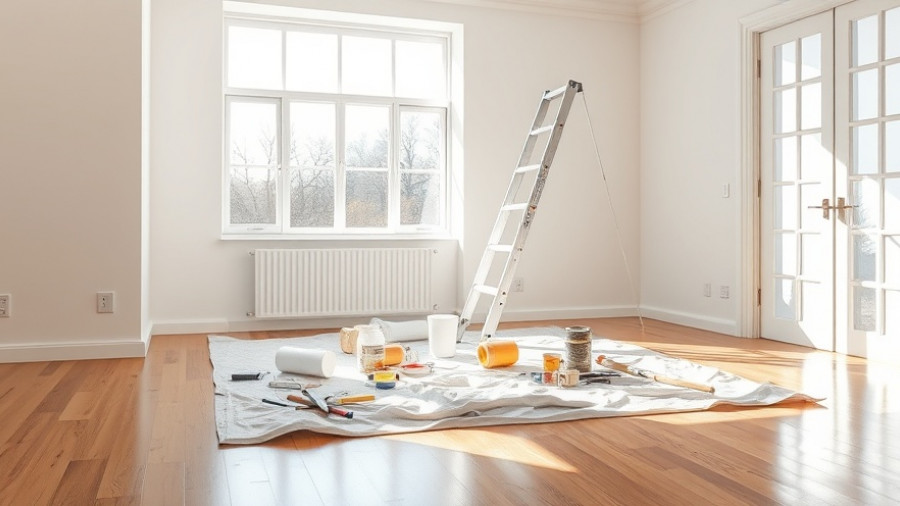
Understanding Flat Fee MLS Listings
In today's real estate market, homeowners are presented with a plethora of options when it comes to selling their properties. One popular choice is the flat fee MLS listing. This listing method allows sellers to pay a fixed fee upfront for their home to be listed on the Multiple Listing Service (MLS) without the traditional commission fees associated with engaging a full-service real estate agent. The appeal of this model lies in the potential cost savings and greater control over the selling process.
The Mechanics of Flat Fee MLS Services
For homeowners considering this route, it’s vital to understand how flat fee MLS services work. First, sellers select a service provider and pay a one-time fee that can range from $100 to $1,000, depending on the service features. Then, a licensed broker inputs the property into the MLS database, ensuring that the home gains visibility not only to buyer's agents but also on major real estate websites such as Redfin.
After your property is listed, you manage the selling process, which includes showings, inquiries, and paperwork—similar to a For Sale By Owner (FSBO) approach. While many services offer limited support, sellers enjoy the benefits of extra exposure facilitated by the MLS.
Evaluating the Pros and Cons
As with any method, there are pros and cons to consider with flat fee MLS listings. Homeowners can expect substantial cost savings, particularly when avoiding hefty commissions. In fact, selling a $400,000 home without a traditional listing commission could save up to $12,000.
However, sellers must also weigh the challenges. Without a dedicated agent, they may encounter difficulties in negotiations or managing potential buyers. Sellers should feel comfortable taking on the responsibilities that come with this listing approach, including developing a marketing strategy and responding promptly to inquiries.
The Rise of Alternative Listing Models
The growth of flat fee MLS listings reflects a broader trend towards alternative real estate solutions as homeowners seek autonomy and affordability. Recent data shows that sellers increasingly prefer models that empower them to maintain more control over the selling process.
Amid changes in the real estate landscape, it’s wise for potential sellers to remain informed and evaluate their options critically. The flat fee MLS listing model can be a viable approach, but it requires a commitment to engagement and self-management.
In conclusion, flat fee MLS listings offer homeowners the opportunity to save on commissions while gaining exposure to the market, but it's essential to assess one’s readiness to undertake the selling responsibilities. If you're contemplating selling your home, take a moment to research further into flat fee MLS options and weigh which listing strategy aligns best with your needs.
 Add Row
Add Row  Add
Add 




Write A Comment